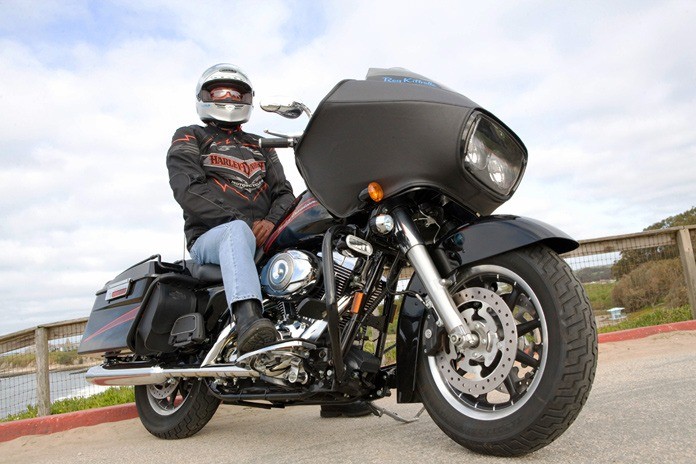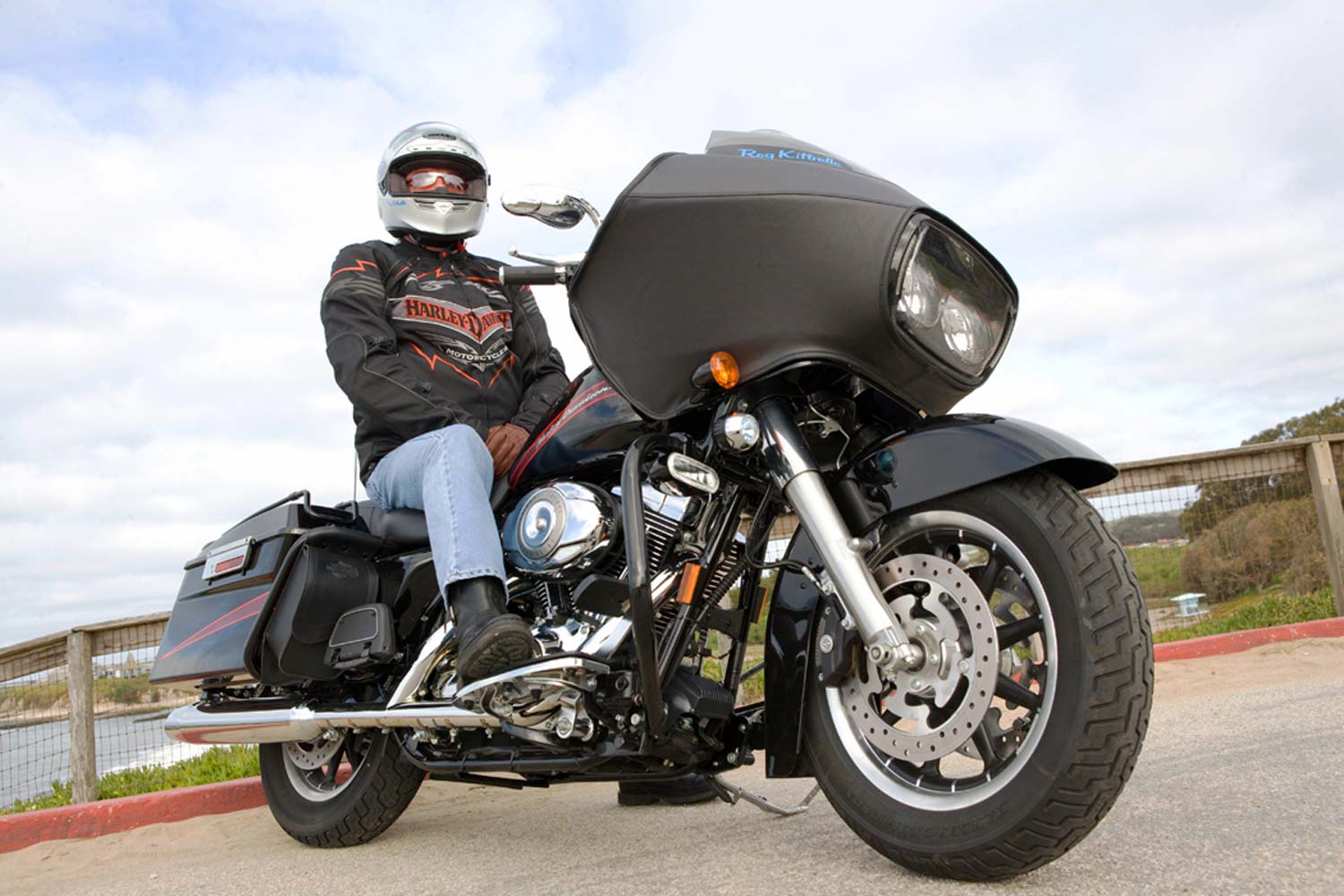A subculture is an ethnic, regional, economic, or social group exhibiting characteristic patterns of behavior sufficient to distinguish it from others within an embracing culture or society. –Merriam‑Webster
Several years ago, a college professor friend sought to prove that the Harley community is an actual subculture. Her thesis was denied because she was a member of the subject community. Apparently, in anthropological circles, to properly define a culture or subculture, you cannot be a part of it. Who knew?
I’ve owned 15 brands of motorcycles. With each, I’ve found a community of like‑minded riders whose involvement ranges from casual to fanatical. Of the bikes I’ve owned, I’ve found fellow Ducati riders tilted toward the fanatical end; not quite rabid about their ride but undoubtedly enthusiastic. I’ve yet to own a BMW, and I doubt I ever will. Great motorcycles, but the ’tude carried around by many BMW riders is just a bit too condescending for me.
I’ve owned four Buells. Viewed objectively, these motorcycles come up short in a couple of areas, but my experience with them and their supportive, enthusiastic, slightly nuts owners has been a high point of my motorcycle life.
Then there are Harley‑Davidson riders. At one time, I rated most of them at the fanatical end of the continuum, including myself. This hardcore following has been a prominent part of Harley’s growth, and the Motor Company’s success in the 1980s and ’90s significantly increased this following by bringing new riders into the fold.

They were new riders with limited previous riding experience; they just knew (for any number of reasons) that they wanted a Harley. This influx of new Harley riders created a curious dynamic: They knew little and cared even less about motorcycle brands other than Harley‑Davidson. There was nothing wrong with this, but it was unique compared to other owner groups. A minor downside was a degree of arrogance – intended or not – often shown to riders of other marques.
When aboard my Road Glide, the “wave” with other Harleys was a given. On a non‑Harley, I was ignored. On the flip side, sportbike riders would seldom acknowledge the existence of Harley riders except in negative terms. This insular stance by Harley riders lent credence to my professor friend’s push for recognition of a Harley subculture.
This “Us vs. Them” mentality of Harley riders has mostly disappeared in recent decades. I attribute this to several things, but first and foremost, it’s due to the improvements of Harley‑Davidson motorcycles. In particular, the big touring bikes. These beautiful, world‑class motorcycles have caused many riders to cross over to Milwaukee’s finest, bringing with them a store of knowledge and tolerance regarding other brands and diluting the arrogance of some Harley riders. In recent years, H‑D’s Pan America ADV has also accomplished this crossover move, encouraging adventure‑bike addicts to actually enter a Harley showroom.
Brand loyalty is the coin of the marketing realm. Regardless of the product, the idea is to cement consumer loyalty by giving them what they want and maybe what they need. For decades, Harley was successful at forging a strong emotional bond with owners, not with superior products but with a powerful, unique image.
Harleys have a mystique that is the envy of most other motorcycle manufacturers. Image, however, has a shelf life. What worked 30 years ago does not always play well with today’s motorcycle buyers. What does?
Unfortunately for Harley, the trend is siding with lighter, smaller‑displacement motorcycles. This doesn’t cancel the demand for touring motorcycles, but it does point out that you don’t need 900 lb of motorcycle for comfortable long‑range touring. There is an array of sub‑600‑lb motorcycles on the market that make great touring bikes.
Find more Unrepentant Curmudgeon columns here.



















If Reg’s friend is an English professor, I’ll bet she has absolutely lost it over what was done to the end of his story – it just stops. The editor responsible should have to write, “I will reread what I have edited before publication,” 100 times and apologize to Reg, to her, and to the rest of us.
The editor of this piece was the author. 🙂